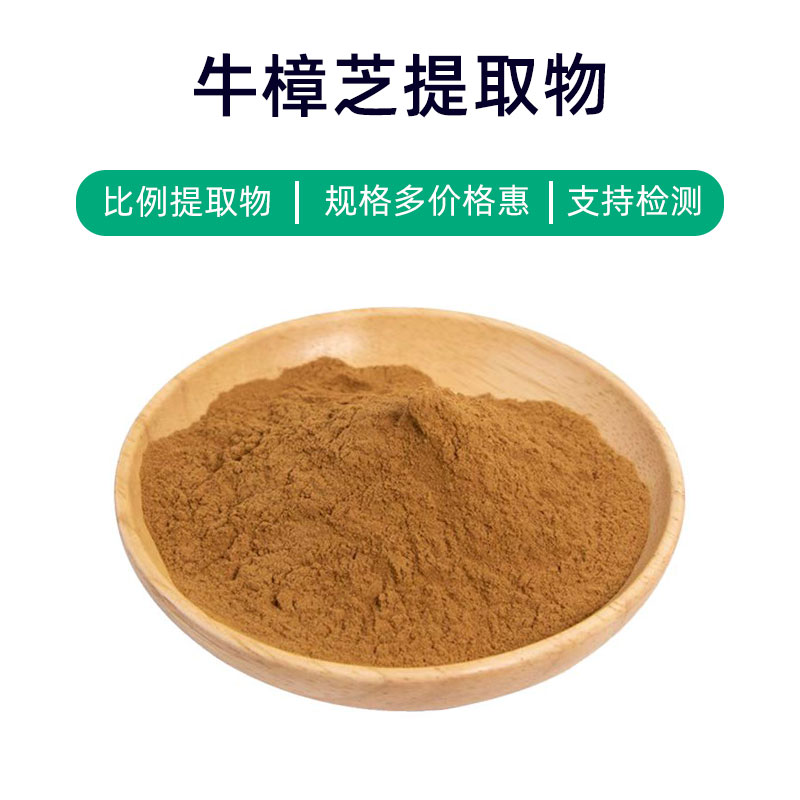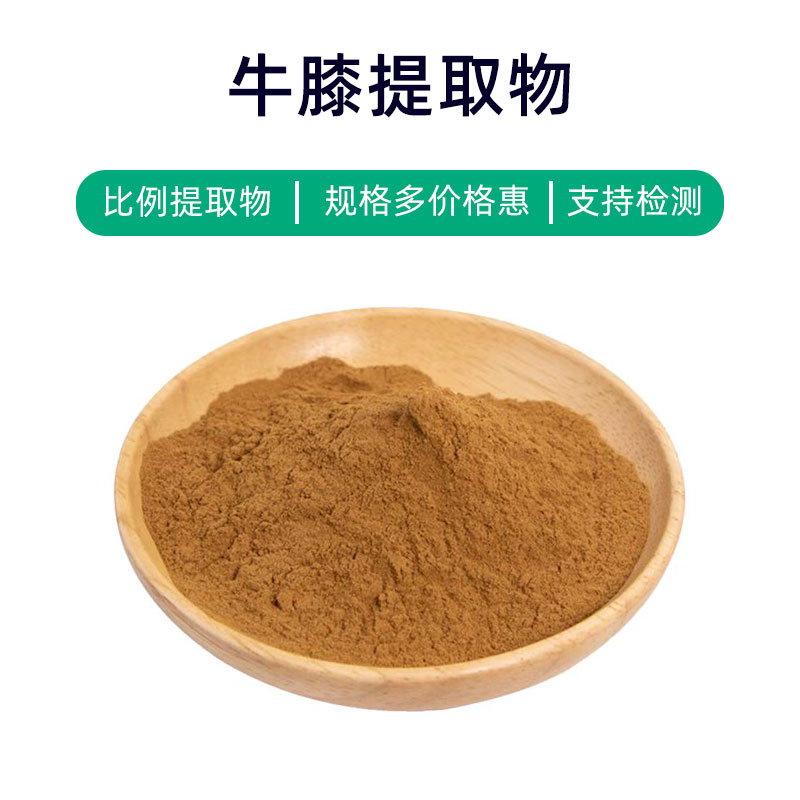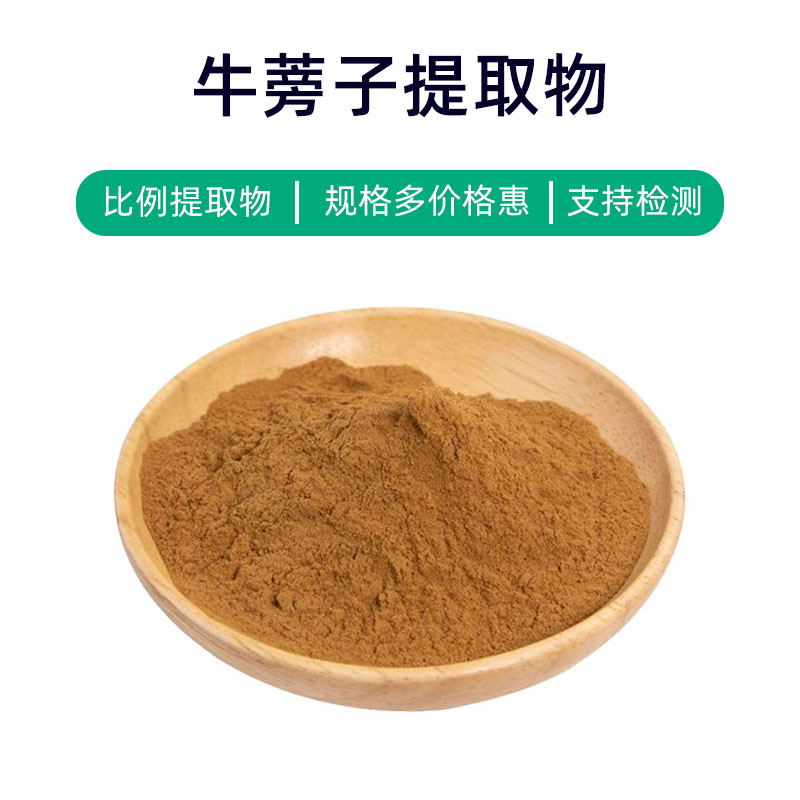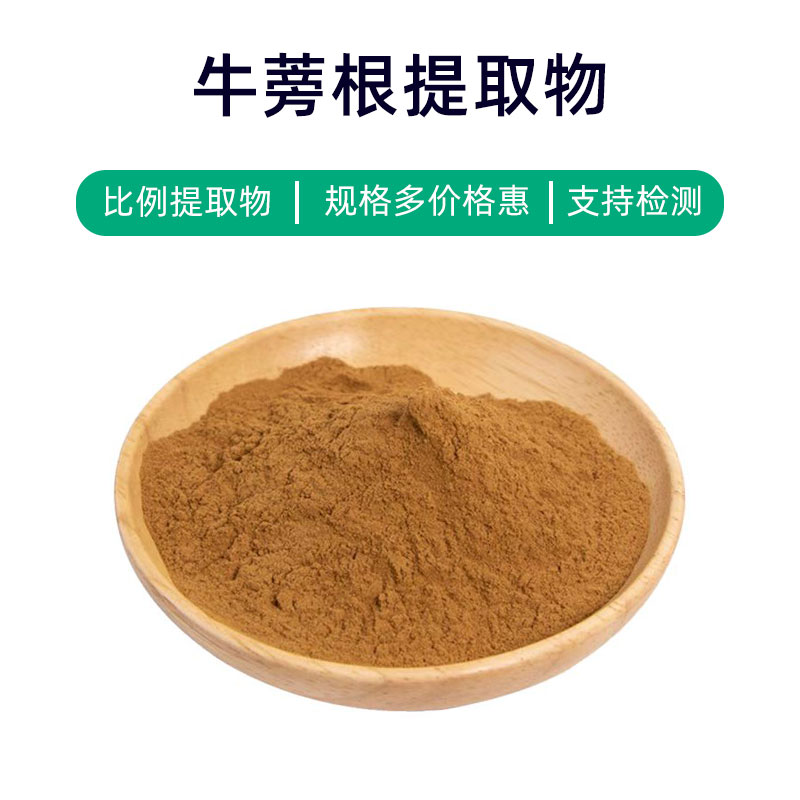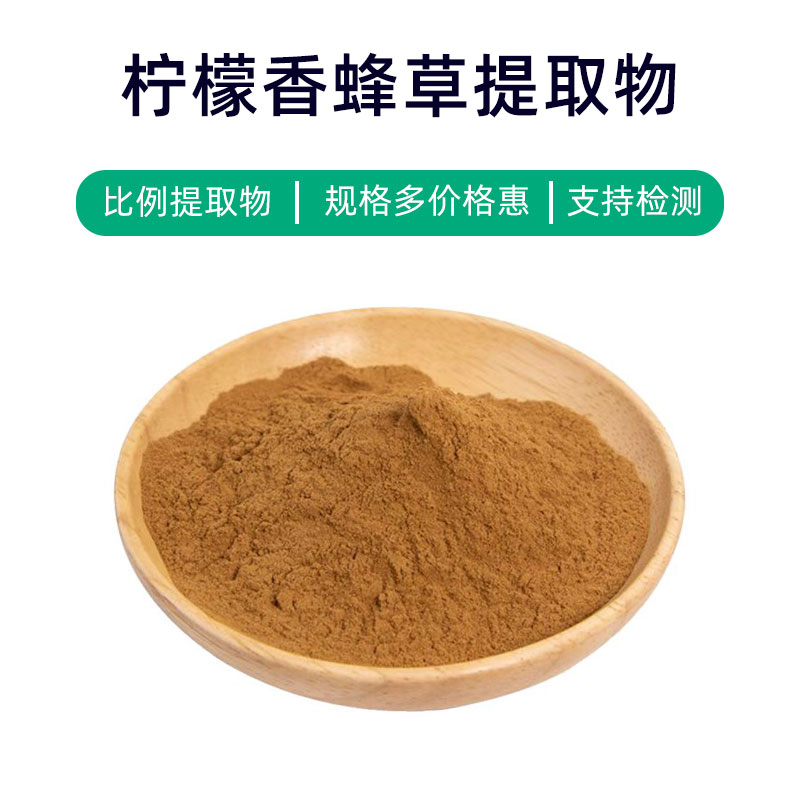Overview of Agapanthus Extract
Agapanthus extract is derived from the roots, leaves, or flowers of the Agapanthus africanus plant. Its primary components may include various active ingredients such as polyphenols, alkaloids, and tannins. This extract is widely utilized in the fields of medicine, dietary supplements, and cosmetics due to its various benefits.
Firstly, Agapanthus extract is rich in polyphenols, which provide significant antioxidant effects, helping to neutralize free radicals, slow down aging, and protect the skin from oxidative stress damage. Secondly, it has anti-inflammatory and soothing properties that can alleviate skin discomfort and inflammatory responses caused by environmental stress or allergies.
Additionally, Agapanthus extract is commonly found in beauty products like creams, lotions, and serums to enhance skin brightness and evenness, reducing dark spots and dullness. Its gentle nature makes it suitable for all skin types, including sensitive skin.
Overall, as a natural plant extract, Agapanthus extract has a broad application potential in skincare and cosmetics, offering antioxidant, anti-inflammatory, and soothing benefits to improve skin texture and appearance, keeping the skin healthy, youthful, and radiant.
Production Process of Agapanthus Extract
The production process of Agapanthus extract typically involves the following key steps:
- Raw Material Preparation: Select high-quality roots, leaves, or flowers of Agapanthus as extraction materials. These raw materials may undergo preliminary cleaning and processing to remove impurities.
- Crushing and Grinding: Clean, dry Agapanthus materials are crushed or ground to increase extraction efficiency and surface area.
- Extraction Process: Use suitable extraction methods such as water extraction, alcohol extraction, or supercritical fluid extraction to soak the crushed Agapanthus materials in a solvent. Extraction conditions, including temperature, time, and solvent concentration, are optimized to maximize the extraction of active components.
- Filtration and Separation: The extract solution is separated using filtration or centrifugation to obtain the extract solution.
- Concentration Treatment: The extract solution is concentrated to remove excess solvent, resulting in concentrated Agapanthus extract.
- Refinement and Purification: Depending on product requirements, further refinement and purification may be necessary, such as through purification, crystallization, or column chromatography.
- Drying the Final Product: Finally, the refined Agapanthus extract undergoes a drying process to eliminate remaining moisture, resulting in a final powder or liquid product.
- Packaging and Storage: The dried Agapanthus extract is packaged using appropriate materials and sealing methods to ensure product quality and stability. Store in a cool, dry place, away from direct sunlight and high temperatures.
The above outlines a general production process for Agapanthus extract; specific processes may vary based on product specifications and manufacturer capabilities.
Benefits and Side Effects of Agapanthus Extract
Agapanthus extract, as a natural plant extract, has been widely used in traditional medicine and is increasingly recognized in modern medical research. It contains a wealth of active components with various benefits.
- Anti-inflammatory Effects: The active components in Agapanthus extract can inhibit inflammatory responses and alleviate symptoms, providing relief for inflammatory conditions such as rheumatoid arthritis and skin inflammation.
- Antioxidant Effects: Agapanthus extract is rich in natural antioxidants, including flavonoids and polyphenols, capable of scavenging free radicals and slowing cellular aging, which helps prevent oxidative damage and cellular oxidative stress.
- Immune Regulation: Research indicates that Agapanthus extract may modulate immune system function, enhancing immune response and helping prevent infectious diseases.
- Antibacterial and Antiviral Properties: The active components in Agapanthus extract may exhibit inhibitory effects on certain bacteria and viruses, making it useful for treating infectious diseases such as respiratory and skin infections.
- Antitumor Effects: Some studies have shown that certain compounds in Agapanthus extract have antitumor activity, capable of inhibiting the proliferation and metastasis of tumor cells, demonstrating therapeutic effects on certain tumors.
Generally, Agapanthus extract is considered safe as a natural plant extract, but caution should be exercised during use:
- Conduct a skin sensitivity test before use to ensure no allergic reactions occur.
- Use under medical supervision, especially for pregnant or breastfeeding women, children, and individuals on long-term medication.
- Follow the recommended dosages, avoiding excessive or prolonged use to prevent adverse reactions.
- If any adverse reactions occur, discontinue use immediately and seek medical attention.
In summary, Agapanthus extract is a natural plant extract with diverse benefits and is generally safe, although proper usage guidelines and dosages should be followed to ensure safety and efficacy.
Applications and Dosages of Agapanthus Extract
Agapanthus extract has a wide range of applications in the fields of medicine, food, and cosmetics. Here are its application scenarios and dosages in various domains:
- Medical Field:
- Anti-inflammatory and Analgesic: Agapanthus extract is commonly formulated into oral liquids, granules, or capsules for treating inflammatory diseases such as rheumatoid arthritis. Typical dosage is 10-20 ml orally, 2-3 times daily.
- Antimicrobial: With its antibacterial and antiviral properties, Agapanthus extract can treat respiratory and skin infections and is typically incorporated into oral liquids and sprays, with the dosage dependent on specific conditions.
- Anti-allergic: Agapanthus extract can alleviate allergic reactions and is often used in oral liquids or granules, generally at a dosage of 10-15 ml orally, 2-3 times daily.
- Food Sector:
- Flavoring Agent: Due to its unique aroma and bitter taste, Agapanthus extract can enhance the flavor of foods such as salads and soups. Recommended usage is a small addition based on personal taste preferences.
- Tea Beverages: Commonly used for making floral teas or functional teas, Agapanthus extract offers benefits such as clearing heat and detoxifying. Typically brew 3-5 grams at a water temperature below 90 degrees Celsius.
- Cosmetic Field:
- Skincare Products: Due to its antioxidant, anti-inflammatory, and soothing properties, Agapanthus extract is suitable for creams, toners, and lotions, usually at a concentration of 2-5% in the formula.
- Hair Care Products: Agapanthus extract helps condition the scalp and is included in shampoos and conditioners at a concentration of 1-3% in the formula.
When using Agapanthus extract, consider the following points:
- Always follow the advice of healthcare providers, especially for pregnant women, nursing mothers, and children.
- Conduct a skin sensitivity test before full use of cosmetic products to ensure no allergic reactions occur.
- Ensure food safety and hygienic conditions when utilizing in cooking.
In conclusion, Agapanthus extract has significant application potential in medicine, food, and cosmetics, though it is essential to observe dosages and application methods to ensure safe and effective use.
Description of the Plant Source of Agapanthus Extract: Distribution and Growth Environment
Agapanthus (scientific name: Lonicera japonica Thunb.) is a common perennial climbing shrub from the honeysuckle family, also known as honeysuckle. Here are details regarding the plant source, distribution, and growth environment of Agapanthus.
- Plant Source:
Agapanthus is native to China and primarily distributed in the eastern, southern, and central regions of China, such as Jiangsu, Zhejiang, Anhui, Jiangxi, Hunan, and Guangdong provinces. It is a cold-resistant and drought-resistant plant that can thrive under suitable environmental conditions. - Distribution:
Besides China, Agapanthus is also widely found in other East Asian countries, including Japan and South Korea. It has been introduced into Europe and North America, becoming an ornamental or medicinal plant in those regions. In China, Agapanthus is often found on hillsides, stream banks, forest edges, and roadside areas, showing a broad growth range. - Growth Environment:
Agapanthus has strong adaptability, thriving in sunny, humid environments and isn't demanding about soil, though loamy soils with good drainage are preferred. It's commonly found in mountainous areas, forest edges, riverbanks, and wall corners, often growing under forests, in grasslands, or climbing trees and walls.
The growth environment of Agapanthus is relatively permissive regarding soil requirements, which accounts for its widespread occurrence in nature. Under suitable conditions, Agapanthus grows rapidly and can develop dense vegetation, benefiting the local ecosystem.
Processing and Storage of Agapanthus Extract
The processing of Agapanthus extract generally includes the following steps: First, fresh Agapanthus must be harvested, then cleaned to remove impurities, followed by grinding or extraction. The extraction can employ methods like water or alcohol extraction, concluding with filtration, concentration, and drying to produce the extract. To maintain its quality, Agapanthus extract should be kept in a cool, dry, and ventilated location, avoiding direct sunlight and heat, with precautions against moisture and mold. Store in sealed containers, and regularly check and clean to ensure the product's quality and safety.
Monica Sun is a seasoned expert in the plant extraction industry with over a decade of experience in research and production. She specializes in the extraction and purification of plant active ingredients, focusing on driving innovation in natural product applications. Monica has participated in the development of multiple functional plant extracts, delivering high-value natural raw material solutions for the health food, pharmaceutical, and dietary supplement sectors.









